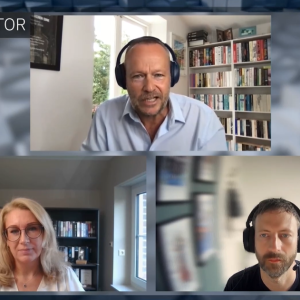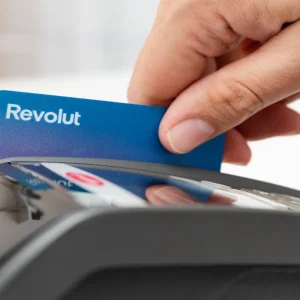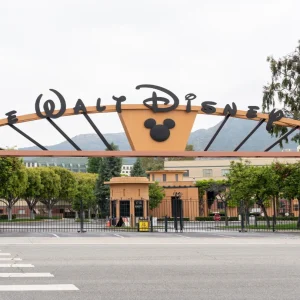Today, as he sits on top of a pile of newly raised corporate debt which his company so desperately needed, Roger E Covey, chairman and chief executive of System Software Associates Inc, has the air of man who gambled and won. After a nine month struggle to gain a cash infusion, Covey has just closed the lid on $138m of subordinated convertible notes, giving the company he founded some vital breathing space as sales of its new enterprise resource planning software, BPCS v6.0, slowly convert to cash in the bank. BPCS version 6 is a fully object-oriented rewrite of the much-maligned version 5. It was two years in the making and went screaming over budget by $75m, bringing the total development cost up to $200m. The effort involved bled the company of cash to the point of no return, but as Covey himself put it: It was literally ‘bet the company’ time. Covey had stepped down as chief executive in August 1991 to study Chinese Art History at the University of Chicago. Three years later, with dreams of a life in academia firmly behind him, Covey came to a sudden realization. Running SSA was the only job in the world I was actually qualified to do.
Play catch-up or leapfrog the opposition
He returned to find the software market a different place. The old product we were shipping was out of date and the company had two choices, play catch-up and die a slow death, or leapfrog the opposition by starting again. In 1995, SSA abandoned BPCS version 5 and commenced development of a fully object oriented, client/server version, but the transition period didn’t go well. SSA’s revenues began to slip and earnings fell heavily into the red, making 1996 one of the worst years in the company’s history. To cap it all, accounting irregularities were exposed and SSA was forced to restate its 1996 sales figures downwards by $46m. Investor confidence sank to an all time low as the shares bottomed out at $3.88 from a high in September 1995 of $30. BPCS v6.0 was finally launched in April 1997, 12 months late, and reports were that the early version was less than perfect. By this stage, the company was starting to run seriously short of funds, and as little as two months ago, Covey was staring down the wrong end of a refinancing deal which nearly saw him sign away warrants for a 20% equity stake as part of a combined $137m deal. Every day the deal just kept on getting worse and worse, said Covey. Internally, they could see the balance shifting in SSA’s favor, but externally, serious doubts remained. Record sales for the company’s third quarter, up 59% to $114.7m, finally seemed to tip the balance, and a new financing package was hastily assembled by Hambrecht & Quist LLC and Lazard Freres & Co. LLC on vastly better terms. This latest deal, which was three times over subscribed, caps a remarkable return of investor confidence in SSA. The shares have now recovered to $15.70 and the new debt issue will net SSA around $100m after redemption of old loans. Hambrecht & Quist even took its own $10m stake in SSA prior to the offer, and this could well have been the defining moment. Or as Covey put it, If the team managing the offer takes this kind of interest, it helps to speed up the romance process.






